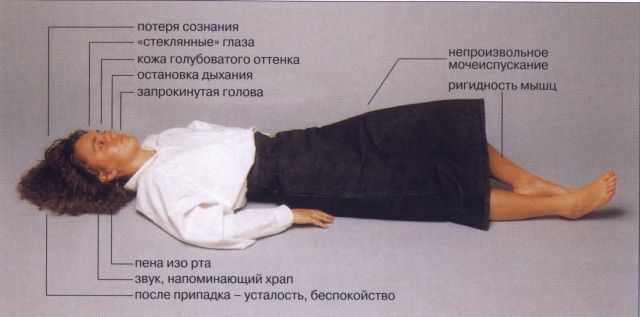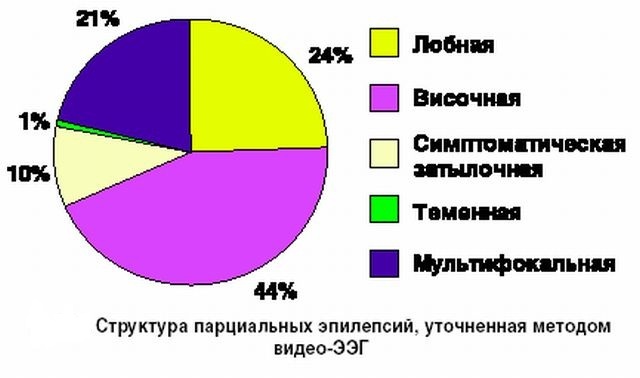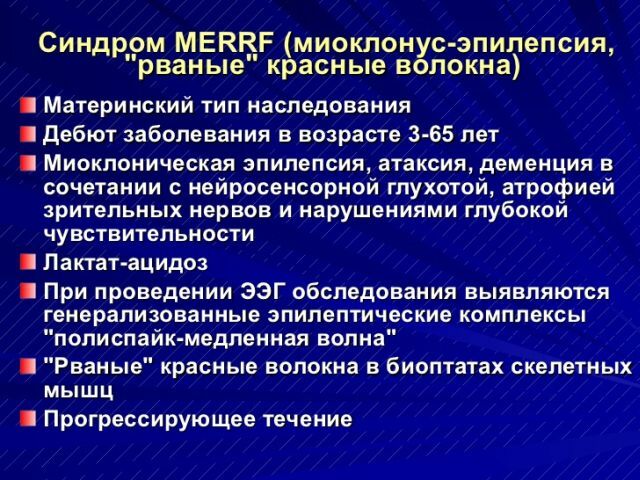It should be noted that the patient does not always require separate outside help.
This depends on the severity of the disease and on the type of epilepsy.
Sometimes, assistance to the patient can be quite sufficient, if you just sit him on a chair or standing near a shop.
In such cases, if the patient is conscious and has no epileptic seizure, you can calm down and continue to do his own business.
The patient himself knows very well what he needs to take.
But sometimes there are no harmless situations( epileptic seizure) that can not be confused with anything else.
If you have ever seen an epileptic seizure, then you will never be able to forget about it.
The most terrible thing at this moment is that the patient does not control himself and does not remember anything.
Epileptic seizure is extremely dangerous: its consequences can be very tragic and can lead to death.
If a person who is close to an epileptic has the necessary knowledge, then, on occasion, he can save a patient's life.
Let's try to figure out how and in what sequence it is necessary to act in such a difficult life situation.
First aid for epilepsy
Preparing for seizure
If you notice a sharp fall of a person standing next to you, try to catch it and put it in a safe place on a flat, horizontal surface.
If the patient during the attack was in a dangerous place( pedestrian crossing, carriageway, the proximity of glass objects, etc.), pick him up under the mouse, lift his head, look around and find the most suitable place for him.
Transfer the patient there.
Help during seizure
Preventing strokes and falls, try to bring the patient to consciousness. 
Do not forget that at this time the patient does not feel anything.
In the role of a pillow, lay under your head twisted clothes.
In a slightly open mouth, to prevent biting of cheeks and tongue, place any improvised material( handkerchief).
Try to open tightly closed teeth( even if injured).
Turn your head to the side, to prevent spontaneous sinking of the tongue and saliva entering the respiratory system.
Remember that the seizure lasts only two or three minutes, so try to make sure that the patient is not accidentally injured.
If the patient does not breathe, do not panic, as this happens often enough and lasts for several minutes.
Epileptic seizure may be accompanied by involuntary discharge of urine or feces, so, after a fit, try to provide the patient with the necessary psychological support.
Help after seizure
After the cramping, when the patient's muscles relax a little, he is laid on his side( restoration posture).
Do not give the patient any medications until he himself asks for it.
Do not let the patient pick up, give him time to recover.
If the patient himself rose to his feet, support him and try to do a couple of steps together with him.
Wait until he can walk alone.
Ask the patient what he is going to do next.
To maintain the patient, at his request, stay with him.
Usually, the victim is fully restored and comes to consciousness in about ten minutes.
Do not gather around yourself a crowd of onlookers and free "expert advisers."
In what cases it is required to call an ambulance:
- seizures in a pregnant woman;
- seizure in an elderly person;
- seizures in the child;
- the duration of the attack is more than three minutes;
- trauma patient during an attack;
- lack of consciousness for more than ten minutes;
- primary( first) attack of epilepsy.
Remember the main rule for people who happened to be near a sick epileptic during a seizure: "Take yourself in hand and remember everything that you can do in this case."
Take care of yourself.
Stay healthy!
Video: Epileptic seizure of
 Epilepsy is a chronic mental illness characterized by dangerous seizures.
Epilepsy is a chronic mental illness characterized by dangerous seizures.



